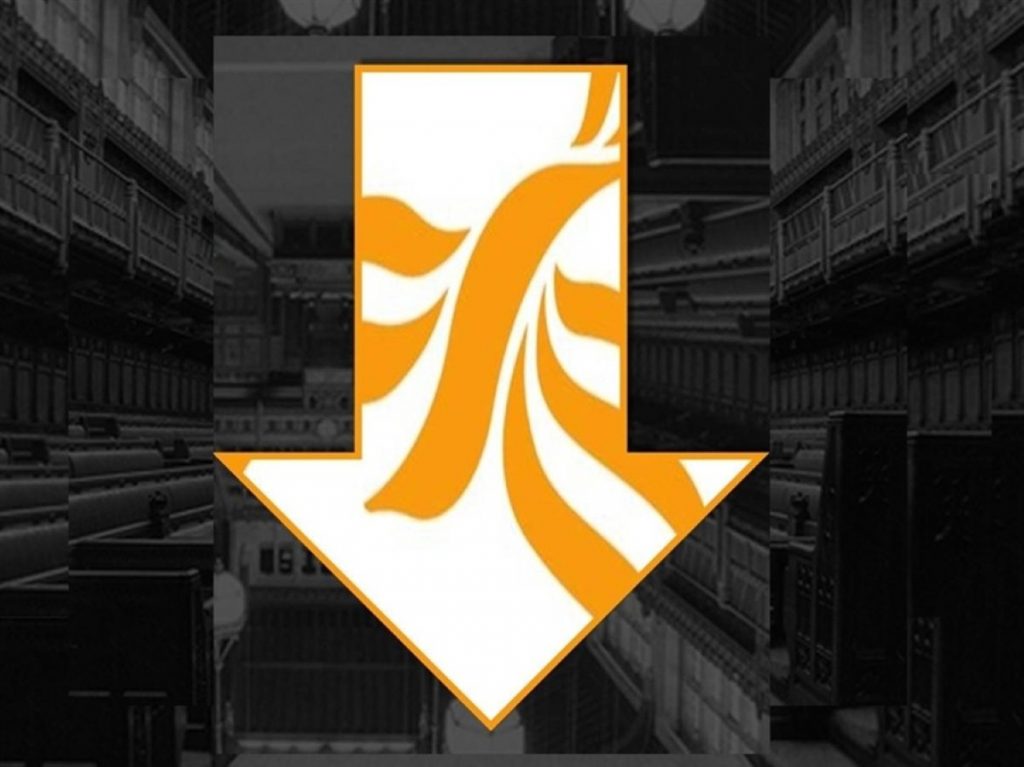The Lib Dem lead balloon strategy
Back in 2010, before New Labour's final Budget, Vince Cable presented journalists with two graphs. One showed the Conservatives' anticipated approach to fixing the deficit: a rapid, and potentially painful, fiscal consolidation that looked rather unpleasant. The other showed Labour's alternative – slower, and therefore not so grim, but possibly less credible with the markets. At the time Cable, then the Liberal Democrats' Treasury spokesperson, held an essential agnostic position: his party would plump for something vague in the middle, he suggested.
Actually, they didn't. Going into government with David Cameron and George Osborne meant signing up to the Tories' more brutal approach to austerity. The Lib Dems have been complicit in adopting the rushed kind of cuts driven by the Conservatives' ideology. When contrasted with Cable's now-forgotten indifference, this is in some ways an even bigger broken promise than tuition fees. Which is why, five years down the line, we have to treat the Lib Dems' approach to the deficit for 2015-20 with some suspicion.
Today the party is outlining its plans in some detail. It is well ahead of the other parties in making clear its intentions. And these very specific proposals are unrecognisable from the vague suggestions offered by Cable in early 2010. Now the Lib Dems have a very clear plan, and they want you to pay attention.
More of us are sitting up and taking notes, it's true, because we know there is a strong chance the party's plans will feature in the coalition negotiations. They got the income tax threshold raised, whatever the Tories may now say to take credit for it. And the Lib Dems are already in government, so they are starting from a clearly established position, not making up policy on the hoof. It gives them more attention, but it also hobbles them.


The problem for Nick Clegg is his hands are tied by the last government. When the deputy prime minister says the plan is to "finish the job", he fails to accept any responsibility for not getting the job done on time in the first place. By now the electorate should have been basking in a recovering economy. The indicators may be improving, but voters haven't noticed it just yet. This is unlikely to make them very receptive to accepting the need for more austerity – as the Lib Dems and Conservatives have been forced to – by offering joint spending plans to 2017/18.

On the campaign trail in 2010
The result is an offering today which will not win over many voters. The Liberals calculate they need to come up with another £30 billion of cuts. They have ideas about how to achieve this, too: a whopping big banking levy (because the City is just as much to blame now for the crash as it was in 2008), stripping wealthy pensioners of payouts like free TV licences, and finally pushing through the much-vaunted mansion tax. They'll need more, but that's a decent start.
Yet already they've identified a long list of people who are now set to lose out. So to boost their 'we're doing this fairly' credentials, the proposal is to tweak the spending cuts / tax rises ration from 80:20 to something like 75:25. This is something the Tories have shied away from, because any kind of tax hike is in their view electorally toxic. The Lib Dems seem to think they can batter suspicious voters into agreement by explaining how reasonable they're being.
Quibbling over the balance of cuts when the job was supposed to have been finished by now anyway does not look much like bread and honey. And unfortunately, because these cuts will immediately follow the election, they will dominate the headlines. The much vaguer plans for what the party would do after 2017/18 simply can't compete.
In a growing economy, aides to Clegg say, the Lib Dem instinct is to start restoring public spending levels wherever possible. That is nice. It is like saying to a man who's just had his leg chopped off that the intention is very much to glue his knee back on in several years' time. Surely this is not going to go down well on the doorstep.
But this is what Lib Dem campaigners are being given to work with. It must be especially galling for them because, after years of a Lib Dem wipeout being the universally expected outcome of their adventure in government, commentators have finally begun suggesting they could keep most of their seats. Achieving that needs more than just the incumbency factor – but the proposals outlined today aren't going to add much.
"When balancing the books, we will stay the course – it is for other parties to lurch left and right," Danny Alexander says. How reassuring to the markets – and how unattractive to many voters – his promise will be.
This is Nick Clegg's and Danny Alexander's view from the Shard. It's a bit foggy. #GE2015 pic.twitter.com/prrX9W9sa3
— Christopher Hope (@christopherhope) February 5, 2015
UPDATE: Roll on the tax rises
One thing the party has shied away from promoting is its preference for shifting the balance of austerity from spending cuts to tax rises. What is revealing here is how this has been presented. Instead of declaring the £30 billion of cuts still to come should be 60:40 on cuts/tax hikes, the Lib Dems have instead suggested the total cuts package from 2010 onwards will shift from 80:20 to 75:25.
This isn't much of a difference, really – but highlighting 60:40 is really distinctive and, actually, is by far the most interesting point to emerge from today's announcement. Why wasn't it placed front and centre? It suggests the party is pulling its punches against the Conservatives – but maybe activists can embrace the hidden meaning of the figures and point out that the Lib Dems are becoming the party of tax rises. Even if their politicians are wary of admitting it.

